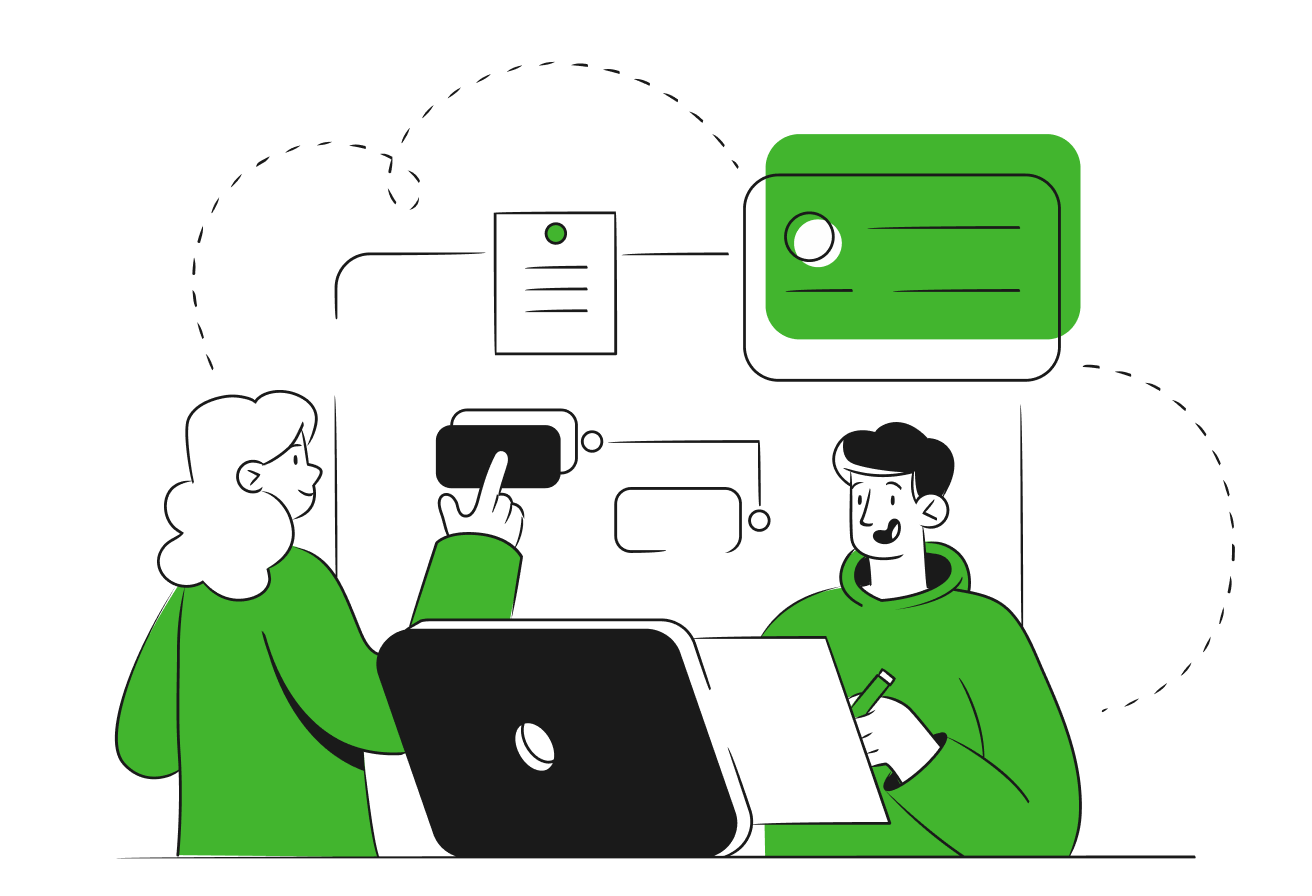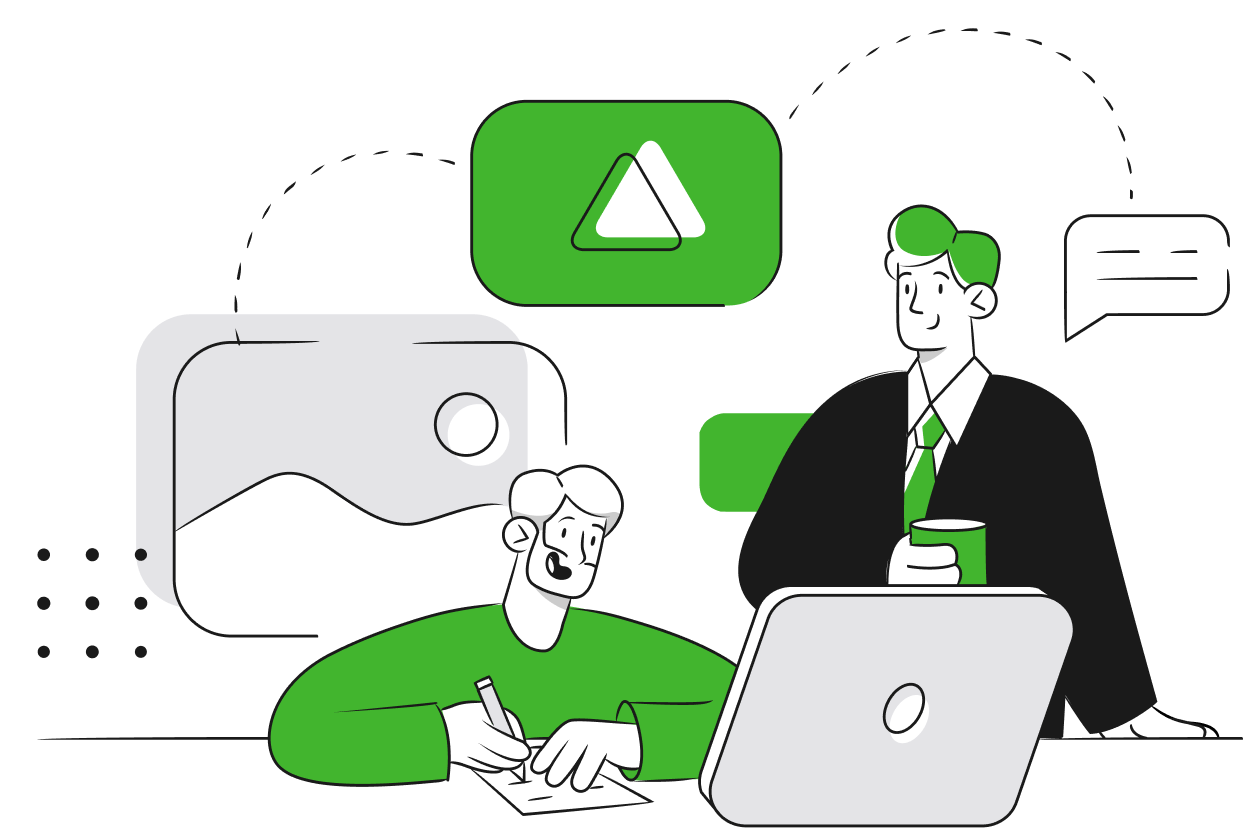Share this
Effective Strategies and Tips for Training New Employees + Check List
by Özlem İrem AKSU on Apr 2, 2024 9:44:18 AM
Picture the world through the eyes of your dream job in a company full of life with great energy, ready to create awesomeness! On the contrary, one may expect a friendly greeting and explicit help, but only communication difficulties and lack of orientation can be found here. However, what you expect to be a warm reception with instructions to follow is the opposite, and that is confusion and uncertainty.
Unfortunately, this setting is very typical of what is happening in the corporate world today. This is a common issue with many companies when it comes to providing new hires with the necessary support that will help them avoid dissociating and missing out on opportunities. But fear not! A proper onboarding process will make it more rewarding than a trying out period. Put on your shoes as we track the primary ingredients of onboarding and thereafter, furnish you with applicable methods as a flywheel.

Why Effective Onboarding Matters
Imagine the scenario: the moment you have a new team member who is ready to come to work enthusiastically and joyfully on his/her first day; However, it will happen without the right assistance, and the joy rapidly changes to perplexity and confoundedness. This allows us to see the crucial role of effective onboarding.
Before we start our strange aspects of employee onboarding, let's first understand why it matters a lot. The onboarding process, especially if it's fully realized, will set the tone for a new hire's tenure in your corporation and will determine a lot of things like their engagement, productivity, and general success. Studies have demonstrated that companies that possess a solid onboarding system tend to also have lower employee turnover rates, greater job satisfaction, and enhanced performance.
The Cost of Ineffective Onboarding:
Consider this: did you know that, on average, companies spend $1830 per hire on onboarding? This is a great, long-term investment made in the vein of preparing employees for the future. Nevertheless, despite this money, the amazing fact is one in three employees hasn’t gone through an official orientation. This neglect, however, can have devastating implications along the way, such as reduced involvement and trust, and high turnover rates.
Benefits of Great Onboarding
But fear not! A well-executed onboarding program can yield a multitude of benefits for both organizations and new hires alike. According to a survey about the after onboarding process of 2,300 hiring managers:
- 49% stated that improved employee engagement existed among new employees.
- 46% claimed they were much more confident in their roles once they were employed.
- With all these factors, 45% of new hires reported greater confidence in the organization.
- Almost 31% of businesses had lower employee loss rates.
- 21% were mirrored in improved revenue goals.
Creating the Onboarding Layout for the New Staff

Now, let's delve into the key components of a successful onboarding plan:
Before a new employee begins:
Review and update training materials: Prior to a new employee starting on the team, all training materials must be up-to-date, and the latest information should and must be correct. This also entails checking for any latest updates and changes in processes by reviewing them, verifying that all notes and images are accurate and up-to-date, and making sure that the documentation is current.
Share the agenda for the first day: Having shared expectations during the first day of onboarding should be one of the first steps that make the process efficient. Provide the agenda for the new employee's first day, which will consist of assigned activities such as orientation sessions, presentations, and job specific training. This enables the new employee to be ahead of the game, as he/she will feel prepared and welcome.
Provide essential documents digitally: To increase efficiency during onboarding, think about sharing the documents essential for the job digitally before the new employees. This may consist of an employee handbook, guides on opening corporate accounts, and other necessary documents that are relevant in this case. Offering these documents in advance to the onboarded employee lets them get accustomed to the vital information before the first day of their studies.
Identify crucial tasks and procedures: Identify the primary knowledge areas that are important for the employee to fully understand based on his role and what he will be doing. This will involve listing the key tasks and procedures that are pertinent for the incumbent's success in the job. Clearly knowing these areas will help the training program be designed in line with the new employee's skills to achieve the desired effectiveness.
Plan the training approach: Determine the most efficient ways to deliver training, considering the learners' learning style and preferences. Such options may comprise online modules, in-class sessions, or practical sessions. Placing the training in advance will help the new worker acquire all the information and skills required to succeed in their role.
Assign training responsibilities: Clarify who will be accountable for the workshops and that they are available. This could mean setting up subject matter experts or onsite trainers in the organization who can efficiently transmit the training content. Through the specific definition of training responsibilities, you can make sure that the staff member gets the right and efficient training.
After the new employee starts:

Organize resources and tools: When the new employee begins, make sure that they can get the business equipment and the needed software. This may entail the provision of computers, software platforms, and any other tools, resources that the staff employs for optimal performance.
Facilitate software access: The new employee should be taken through the journey of logging into crucial tools and software applications. Give them the IDs and access details, as well as directions on how to open the systems This is good for the new starters, as they can start working quickly without having to deal with any technical problems.
Conduct comprehensive training sessions: After the new employee has been well accommodated, conduct thorough onboarding sessions that cover several company- and role-related aspects. It could be introducing company background, values, mission statement, and organizational departments framework, among others. Further, prepare task-oriented training on job responsibilities, tools and resources, targeting team and organizational strategic objectives.
30 Days and Beyond:

Assess learning and understanding: Conduct post-training assessments or tasks to judge the depth of understanding of the training curriculum by the new employee. This may aid in the detection of any areas for which further support and clarification are very much needed.
Gather feedback: Conduct surveys or feedback sessions to solicit input from the newly hired about their on-boarding experience. This feedback is very important as it offers a possibility to assess the efficiency of the training program and point to its improvement.
Monitor training effectiveness: Implement learning management systems or data analytics tools in the monitoring of the performance of the new employee and determine if he or she needs more training or support in certain areas. Through this ongoing monitoring, it will be possible to keep track of the new employee and ensure that he/she is still getting the assistance and resources needed for success.
Provide continuous support: Make sure there’s additional continued help and assistance for the newcomer after the initial onboarding process. Foster a growth mindset in the new employee by giving them a chance to communicate openly, clarify existing issues, and seek assistance for any challenges they might face. Through ongoing guidance, you can ensure that the newly hired person integrates into the team smoothly and achieves successful work in the organization in the long term.
Click to access the checklist template.
Conclusion
As such, prosperous organizations are built on firm foundations of innovative and efficient onboarding processes. Through the creation of a well thought-out onboarding plan, you can be certain that your new recruits feel supported, engaged, and have all the necessary tools to fulfill their potential beginning their first day at the organization.
At Greenmusk, we comprehend the importance of a smooth onboarding experience. We help businesses either introduce new training programs or surpass their existing ones. We are determined to create stimulating and top-notch training resources that will also be affordable and designed to suit specific needs. Whether it is end-user training or employee training, our team of experienced professionals would work hand-in-hand through any of these activities.
Ready to revolutionize your onboarding process? Utilize the document template and embark on a new hire's and company’s success enhancement journey.
Share this
- January 2025 (1)
- December 2024 (18)
- November 2024 (21)
- May 2024 (1)
- April 2024 (1)
- March 2024 (1)
- January 2024 (1)
- December 2023 (2)
- November 2023 (2)
- October 2023 (1)
- September 2023 (3)
- August 2023 (2)
- July 2023 (1)
- May 2023 (1)
- April 2023 (1)
- January 2023 (2)
- December 2022 (4)
- November 2022 (2)
- October 2022 (3)
